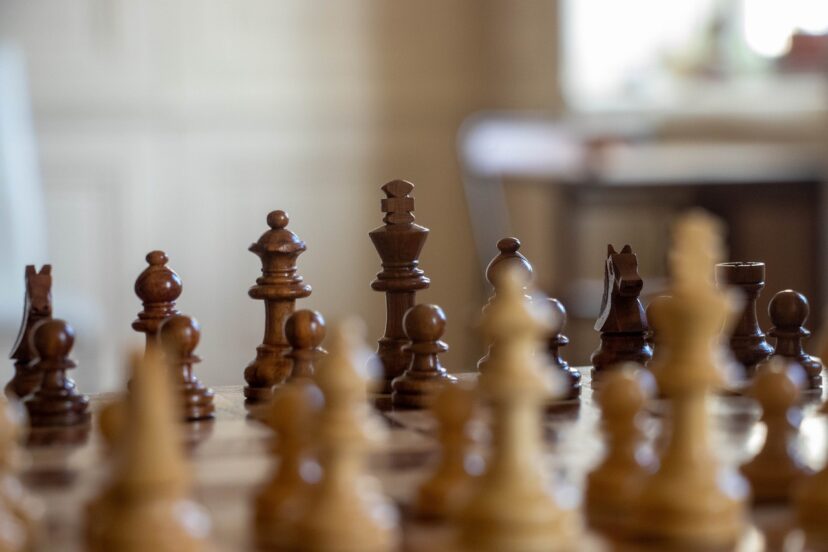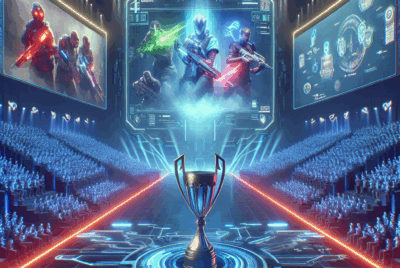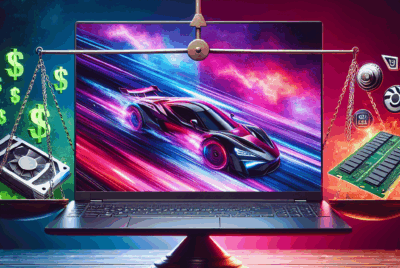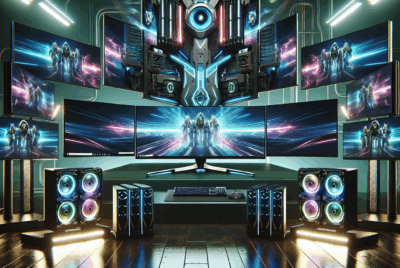How Do You Optimize A Game For Better Performance On PC?
Optimizing a game for better performance on your PC can make the difference between a stuttering experience and a smooth, immersive adventure. This friendly guide will walk you through practical steps to boost your game’s performance. From tweaking in-game settings to updating your graphics drivers and managing background applications, you’ll learn how to make the most out of your hardware. Whether you’re a casual gamer or a dedicated enthusiast, these tips will help you enjoy your games without the frustrating lag. How many times have you found yourself frustrated because your favorite game isn’t running as smoothly as you’d like on your PC? Whether you’re an avid gamer or just someone who enjoys the occasional gaming session, optimizing your games for better performance can make a world of difference. Let’s dive into how you can achieve that.
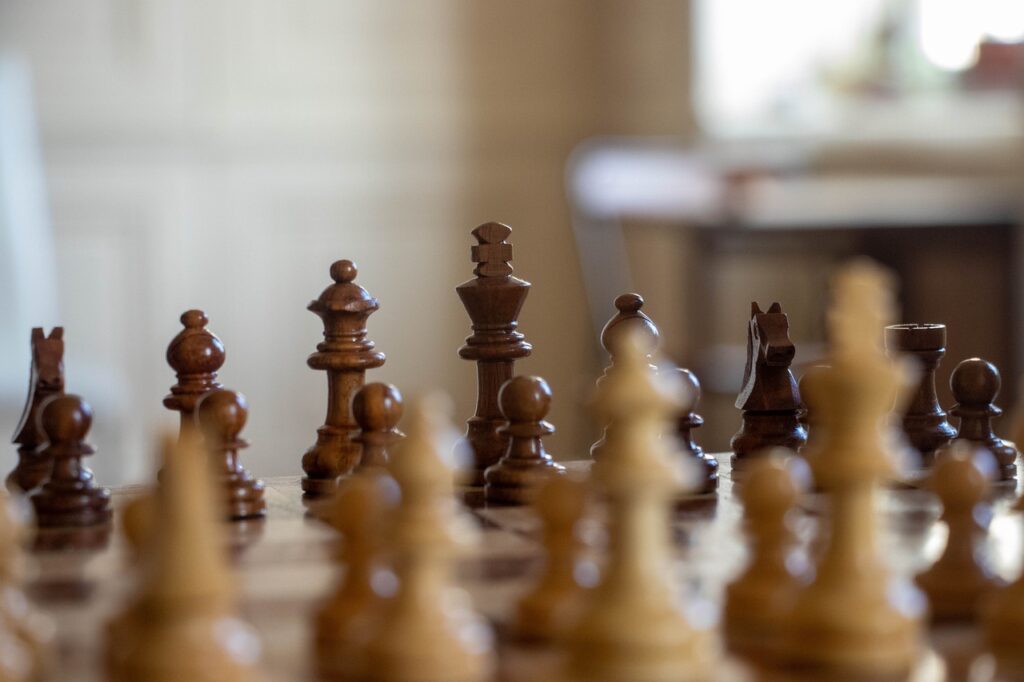
Understanding Game Performance
Before we get into the nitty-gritty of optimization, it’s essential to understand what game performance means and the factors affecting it.
Frame Rate
The frame rate, measured in frames per second (FPS), is a crucial indicator of your game’s performance. Higher FPS translates to smoother gameplay, while lower FPS can make your game seem choppy.
Latency and Ping
Latency (or lag) and ping rates are essential for online games. High latency can cause delays between your actions and what happens on the screen, potentially ruining your gaming experience.
How Do You Optimize A Game For Better Performance On PC?
Graphics Quality
Graphics quality involves the visual aspects of the game, such as texture resolution and rendering techniques. While high-quality graphics can enhance visual immersion, they require more processing power.
Hardware Specifications
Your PC’s hardware dictates much of your game’s performance. Key components include:
- CPU (Central Processing Unit): Influences how fast your PC processes game data.
- GPU (Graphics Processing Unit): Renders the images on your screen.
- RAM (Random Access Memory): Affects the game’s ability to handle multiple processes simultaneously.
- Storage: SSDs generally load data faster than HDDs, affecting load times and responsiveness.
Pre-Optimization Checks
Before diving into specific optimization techniques, perform pre-optimization checks to identify any immediate issues.
Game Requirements
Ensure your PC meets the minimum and recommended requirements for the game. This information is usually available on the game’s official website or its digital storefront.
System Updates
Keep your operating system, drivers, and the game itself up-to-date. Updates often include performance improvements and bug fixes.
Background Applications
Close unnecessary background applications consuming CPU, GPU, and RAM resources. Tools like Task Manager can help you identify resource-hungry applications.
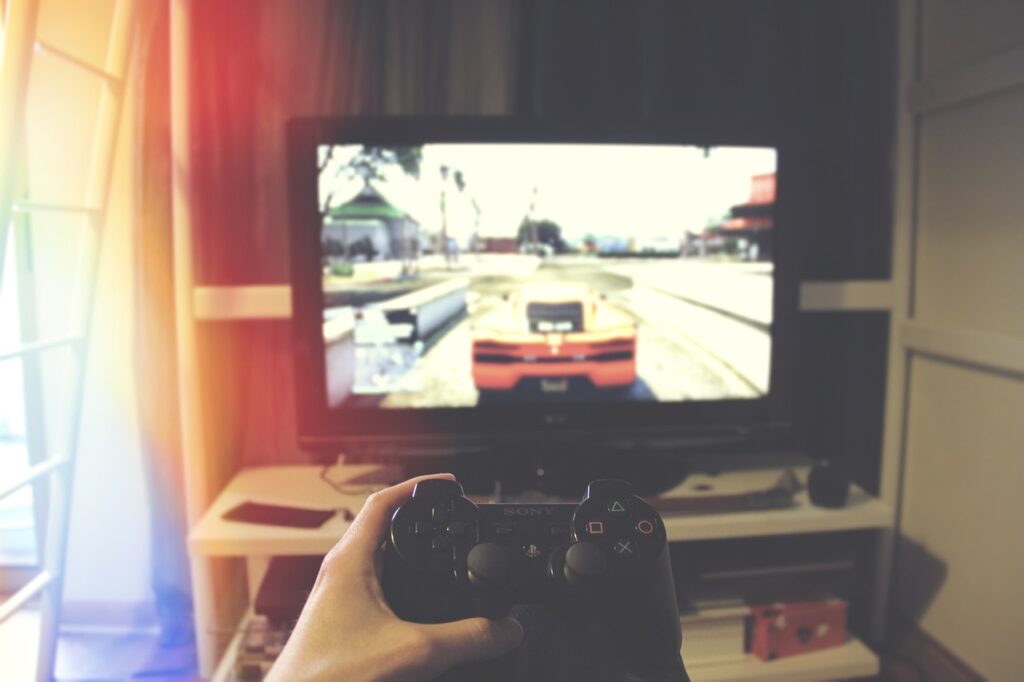
Hardware Optimization
Optimizing your hardware can provide substantial gains in game performance.
Upgrading Components
Sometimes the best way to optimize performance is by upgrading your hardware. Key components to consider:
| Component | When to Upgrade |
|---|---|
| CPU | If your current one struggles with basic tasks |
| GPU | If experiencing low FPS or graphical glitches |
| RAM | If running multiple applications causes slowdowns |
| Storage | If suffering from long load times (Consider moving from HDD to SSD) |
Overclocking
Overclocking can boost your CPU and GPU speeds beyond their default settings, offering better performance. However, it carries risks such as increased heat and potential hardware damage.
Cooling Solutions
Effective cooling solutions, like upgraded fans or liquid cooling systems, can keep your PC running smoothly, especially when overclocking or running resource-intensive games.
Software Optimization
Optimizing your software settings can lead to significant performance improvements without the need for hardware upgrades.
Graphics Settings
Adjusting in-game graphics settings is one of the simplest ways to improve performance. Consider the following:
- Resolution: Lowering the resolution can improve FPS but may degrade visual quality.
- Texture Quality: Reducing texture quality can save GPU memory.
- Anti-Aliasing: This smooths edges but can be resource-intensive.
- V-Sync: Synchronizes the frame rate with the monitor’s refresh rate, reducing screen tearing but potentially causing input lag.
Game Mode
Windows 10 and later versions include a Game Mode that optimizes your system for gaming by allocating more resources to the game. Enable it via the Windows Settings menu.
Power Settings
Switching your PC to “High Performance” mode in the power settings can allocate more resources to your game, although it will consume more power.

Network Optimization
Online games require not just graphical and processing power but also a stable, fast internet connection.
Wired vs. Wireless
Whenever possible, use a wired Ethernet connection instead of Wi-Fi. Wired connections generally offer lower latency and more stable speeds.
Quality of Service (QoS)
If you share your network with other devices, set up QoS on your router to prioritize your game’s data over other types of traffic.
Server Selection
Many online games allow you to choose the server you connect to. Choose a server nearest to your location to minimize ping and latency.
In-Game Optimization
Sometimes, the best optimization comes from within the game itself.
Graphics Presets
Many games offer preset settings like “Low,” “Medium,” “High,” and “Ultra.” Start with a lower setting and incrementally increase it to find a balance between performance and visual quality.
Custom Settings
Fine-tuning individual settings can lead to better performance than relying solely on presets. Focus on areas like texture quality, shadows, and effects.
| Setting | Impact on Performance | Recommended Action |
|---|---|---|
| Texture Quality | High | Lower if experiencing lag |
| Shadow Quality | Medium to High | Lower if FPS is low |
| Anti-Aliasing | High | Disable or reduce level |
| V-Sync | Variable | Disable if experiencing lag |
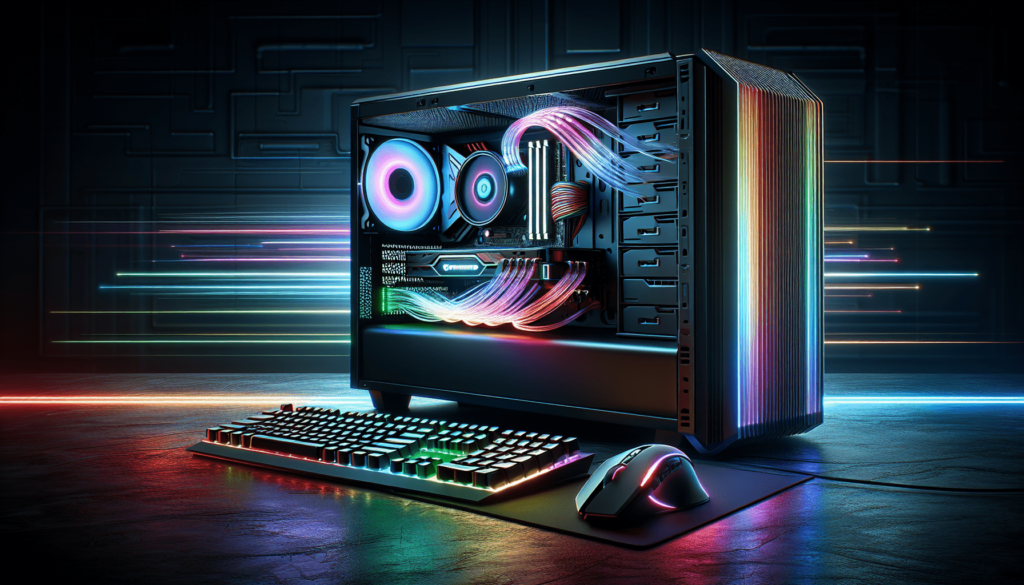
Tools and Software
Several third-party tools and utilities can help you optimize your game performance.
Game Boosters
Applications like Razer Cortex and Game Fire can free up system resources, defragment game files, and offer other optimizations tailored for gaming.
Monitoring Tools
Software like MSI Afterburner and HWMonitor can help you track your system’s performance, temperatures, and usage. These tools can guide your optimization efforts by highlighting bottlenecks.
Disk Cleanup
Using built-in utilities like Disk Cleanup (Windows) or third-party options like CCleaner can remove unnecessary files, freeing up storage space and potentially improving game load times.
Troubleshooting Common Issues
Even after optimizing, you might still run into performance issues. Here are some common problems and their solutions.
Stuttering and Lag
- Check for updates: Ensure your hardware drivers and game are up-to-date.
- Adjust settings: Lower graphical settings or resolution.
- Optimize storage: Ensure your game is installed on an SSD if available.
Crashes
- Verify game files: Most game launchers have an option to check the integrity of game files.
- Update drivers: Ensure you’re using the latest drivers for your GPU and other critical hardware.
- Cooling: Ensure your PC isn’t overheating by checking temperatures and improving cooling solutions if necessary.
Connection Issues
- Restart router: Sometimes, simply rebooting your router can solve many connectivity issues.
- Check other devices: Ensure other devices on the network aren’t consuming an excessive amount of bandwidth.
- Server status: Check if the game’s servers are experiencing issues.
Conclusion
Optimizing a game for better performance on your PC involves a balance of hardware tweaks, software settings, and smart adjustments. From ensuring you meet game requirements and updating your system to fine-tuning in-game settings and utilizing third-party tools, each step can contribute to a smoother, more enjoyable gaming experience. Remember, every PC is unique, and what works for one system might not work for another, so experiment and find the settings that work best for you. Happy gaming!

